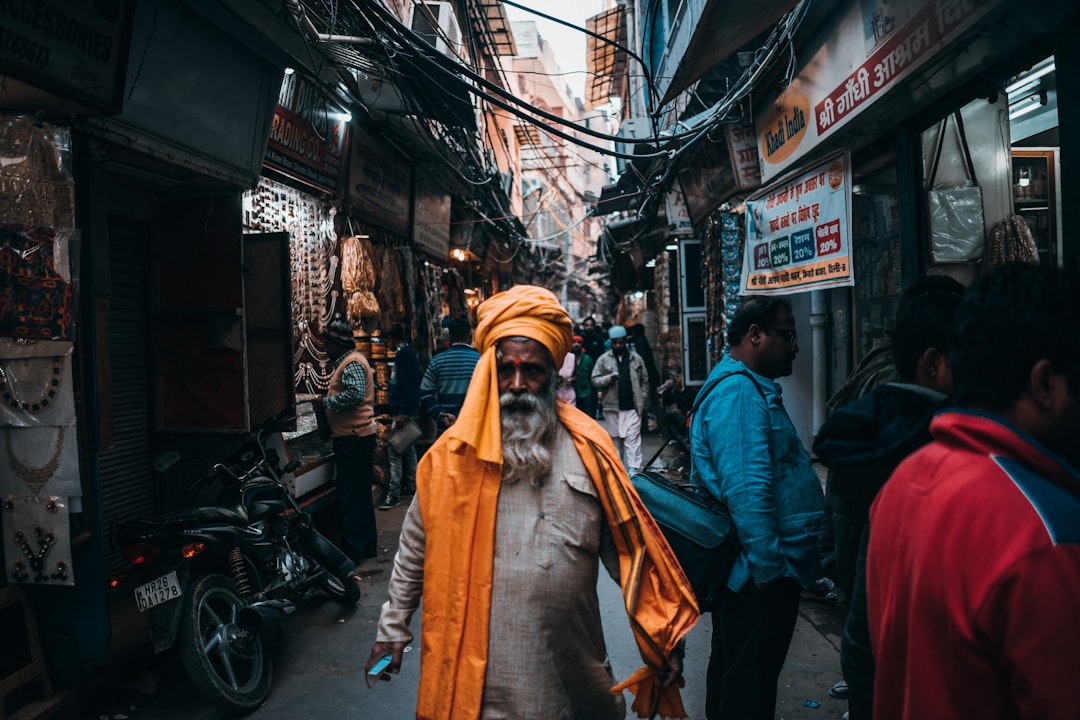All Nonfiction
- Bullying
- Books
- Academic
- Author Interviews
- Celebrity interviews
- College Articles
- College Essays
- Educator of the Year
- Heroes
- Interviews
- Memoir
- Personal Experience
- Sports
- Travel & Culture
All Opinions
- Bullying
- Current Events / Politics
- Discrimination
- Drugs / Alcohol / Smoking
- Entertainment / Celebrities
- Environment
- Love / Relationships
- Movies / Music / TV
- Pop Culture / Trends
- School / College
- Social Issues / Civics
- Spirituality / Religion
- Sports / Hobbies
All Hot Topics
- Bullying
- Community Service
- Environment
- Health
- Letters to the Editor
- Pride & Prejudice
- What Matters
- Back
Summer Guide
- Program Links
- Program Reviews
- Back
College Guide
- College Links
- College Reviews
- College Essays
- College Articles
- Back
A Fine Balance
I just finished Rohinton Mistry’s “A Fine Balance”, and I’m so immersed in it. I just can’t control my tears, and my heart is broken again and again. It’s one of the best historical fiction novels I had ever read, and it also informed me a lot about the history of India.
The story takes place in 1975’s India, during the "state of emergency". Ever since Indira Gandhi became the Prime Minister of India in 1966, the Congress Party had been facing both internal and external problems, and the political struggle rose fiercely. At the same time, India also suffered a severe economic crisis after the battle with Pakistan. Indira Gandhi invoked the state of emergency to try to defuse the political and economic crisis. However, with all the excesses of the Congress party during the state of emergency and another downturn in India's economic growth, India became increasingly chaotic. The 1975-1977 State of Emergency in India had a huge impact on the competition of political parties and the economic development of India. It is also the darkest moment in the history of India that shouldn’t be forgotten. The emergency state was set as the background setting of the story, and it cuts through point of view of four ordinary people in different hierarchies at that time to depict the tragic situation: Dina, who lost her husband and ran a tailor's shop for income, Ishwar and Omprakash, the two tailors that work for her, and Maneck, a student who lodge at her house.
The story is very depressing, and there is a sense of suffocating oppression throughout the lines. However,I noticed that the protagonists still work really hard and are all optimistic. When I was reading "To Live", I wondered what motivates people to continue their lives when everything are deprived. And now, I found out the answer. These people who suffer always amplify small moments of happiness, and they always stay hopeful to survive even in these harsh conditions. According to Omprakash "If time were a bolt of cloth, I would cut out all the bad parts and stitch together the happy parts to make time bearable. Then I could wear it like a coat, always live happily." Rohinton Mistry portrays how the low class in the India society survive formidably. Corruption, social chaos and violence surrounded them while they were always indifference toward their desires and dreams since the only thing they need was to survive and earn a living.
The state of emergency promotes a period of legitimate violence and repression, but it also promoted freedom that people could do anything in order to survive, even if their actions hurt other people. This is a mob state where the dispossessed lower class citizens were exploited. As the characters developed their relationship from distrust to respect and to friendship, Rohinton Mistry offered a panoramic view of the ongoing struggle of India's working class, and how they preserved their dignity and survived in a world that was built to destroy them.
Similar Articles
JOIN THE DISCUSSION
This article has 0 comments.

